It might feel hopeless at times—pushing for progressive policies, advocating for the rights and freedoms of vulnerable populations, amplifying their voices and speaking on their behalf when they are unable to do so for themselves.
Advocacy work can be all-consuming—there’s always more to be done. The work is inherently complex, the systems involved are not always well-understood, and solutions have to be adaptive to the changing environment in which they are implemented. We want to thank you for caring, and thank you for doing the work you do, because we know it’s not always easy.
We also know how important the work is, though.
“In public health, we don’t have people saying to us ‘I’ve not been killed or injured because of your advocacy for road injury reduction policy’ or ‘I’ve not got diabetes, and I put it down to you’. But our achievements can be seen in many areas of declining incidence of disease and injury.”
We use advocacy to identify and intentionally create the change needed in a particular system. The medium we use to create this change is our stakeholders. We recognize that your time and energy is valuable and in demand, as is the time and energy of your stakeholders.
We want to make it easier to design effective changes and easier to understand if the change is having the desired impact. We designed this toolkit to be used alongside the best practices you’ve already developed and refined in your advocacy work. We designed it to be picked up by novices and experts alike, to support them in human-centred advocacy planning and implementation.


